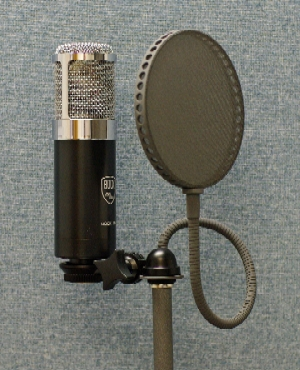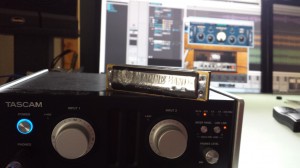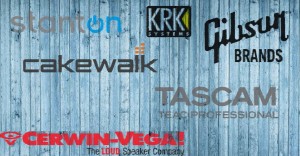By Craig Anderton
Granted, it was hard to narrow it down to five. But these goodies have stood out over the past year as being essentials for my own studio, and they can contribute much to any studio makeover.
Uninterruptible Power Supply

I first became aware of the power of the UPS with ADATs. My ADATs used to do weird things, but stopped doing weird things after I bought a UPS. My friends with ADATs who didn’t have a UPS experienced weird things. Anecdotal evidence? Sure. But the first time a UPS keeps your project alive when some idiot drunk driver slams into a power pole and you lose your electricity, or you live where lightning is a frequent visitor, you’ll be glad you paid attention to this article and got a UPS. Just make sure you find one with sufficient power for your super-duper multi-core wonder box (and your monitor)—a lot of UPS devices in office supply stores are for little old ladies who use Pentium 4 computers only on Sundays to cruise the internet for recipes.
Pauly Superscreen Pop Filter

Yes, it’s expensive. Yes, it’s worth it. I do a lot of narration and close-mic my vocals Continue reading “Craig’s Five Fave Studio Hardware Accessories”







 If two spectacular booths are not enough, why not throw in an eye catching/death defying stunt show outside in front of the all the halls? Introducing: The Gibson Motodrome: a 16 meter diameter pitted-cylinder-wall where vintage motorcycles and a speed-racer circa 1928 whizzed around avoiding what would seem to be an inevitable crash. The only logical thing to do after getting this contraption going onsite was to have a visit from Rudolf Schenker who is the guitar player for Germany’s own The Scorpions.
If two spectacular booths are not enough, why not throw in an eye catching/death defying stunt show outside in front of the all the halls? Introducing: The Gibson Motodrome: a 16 meter diameter pitted-cylinder-wall where vintage motorcycles and a speed-racer circa 1928 whizzed around avoiding what would seem to be an inevitable crash. The only logical thing to do after getting this contraption going onsite was to have a visit from Rudolf Schenker who is the guitar player for Germany’s own The Scorpions. 

